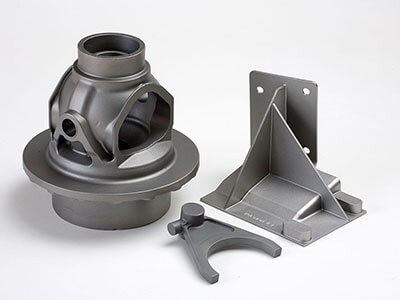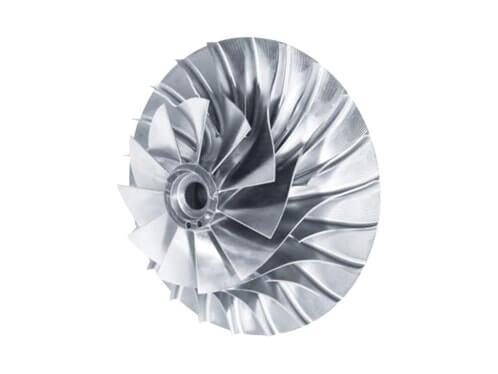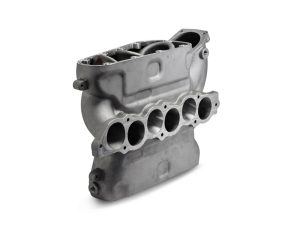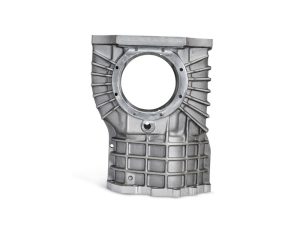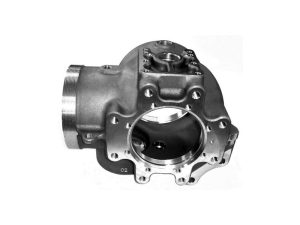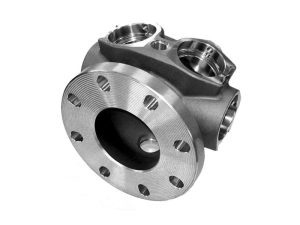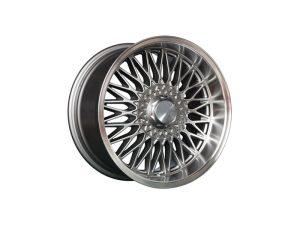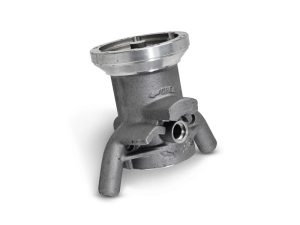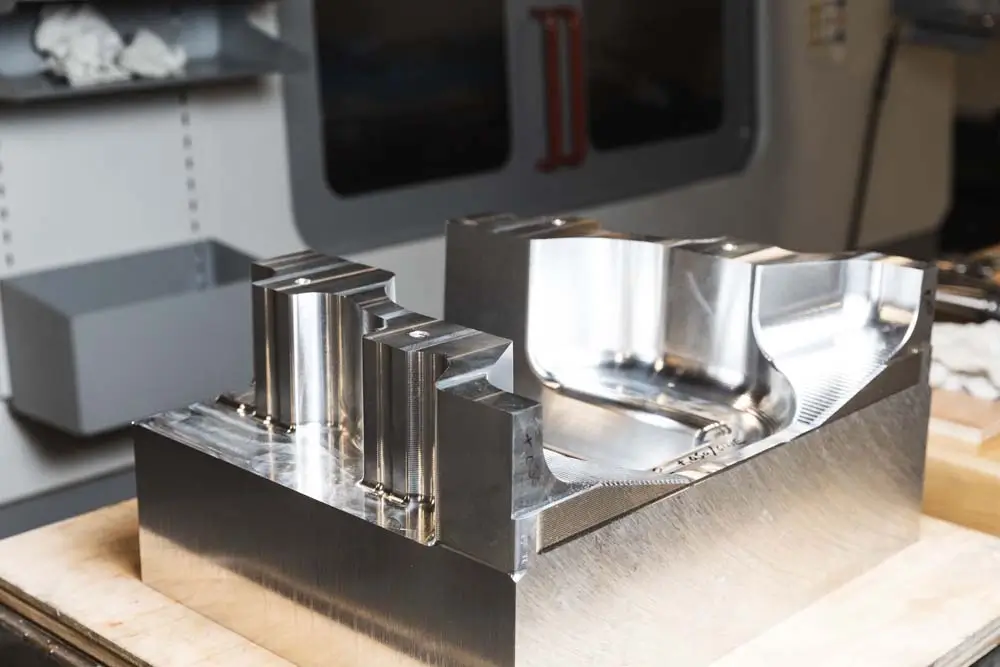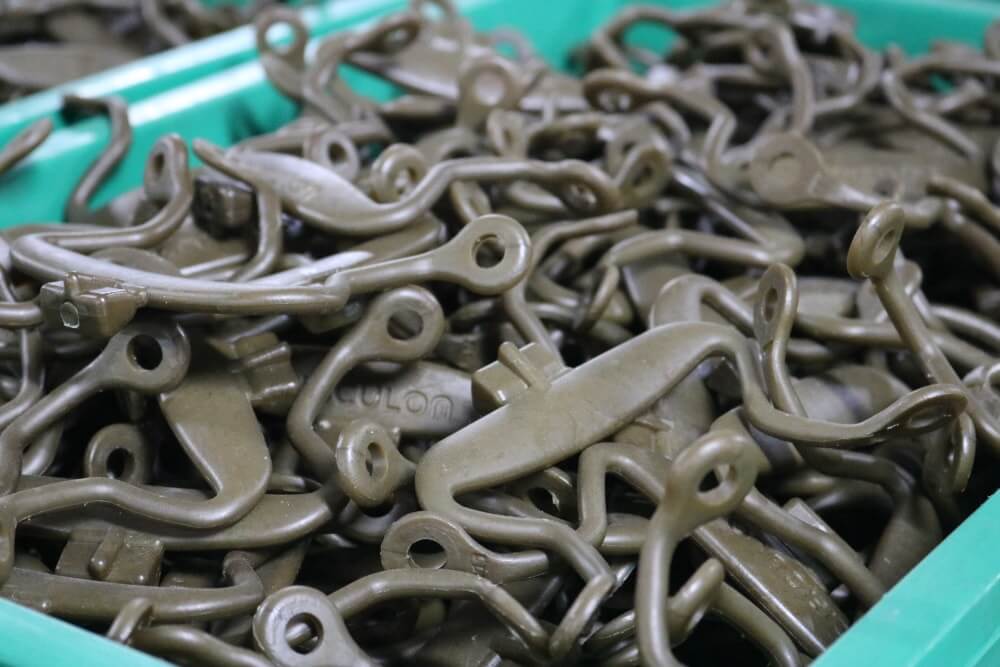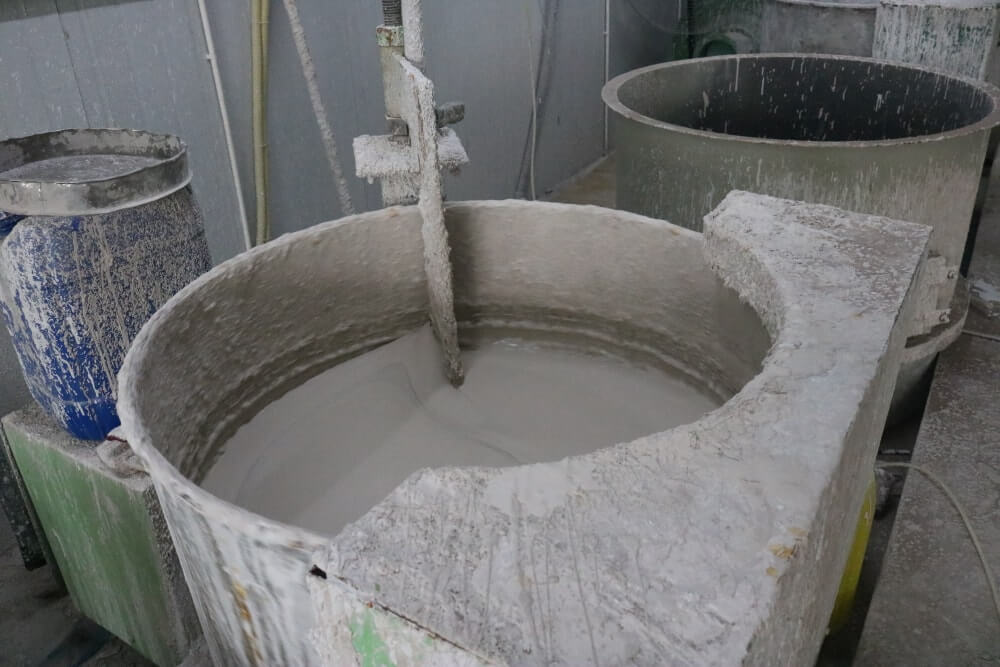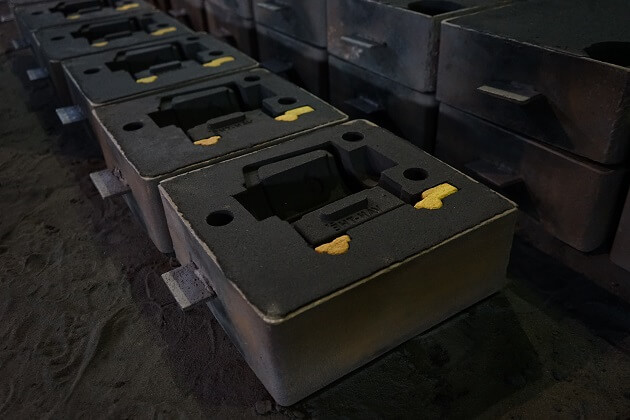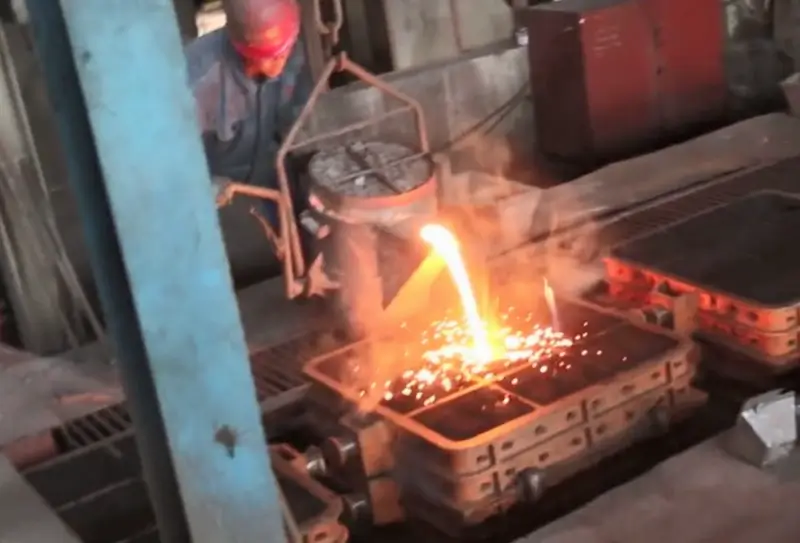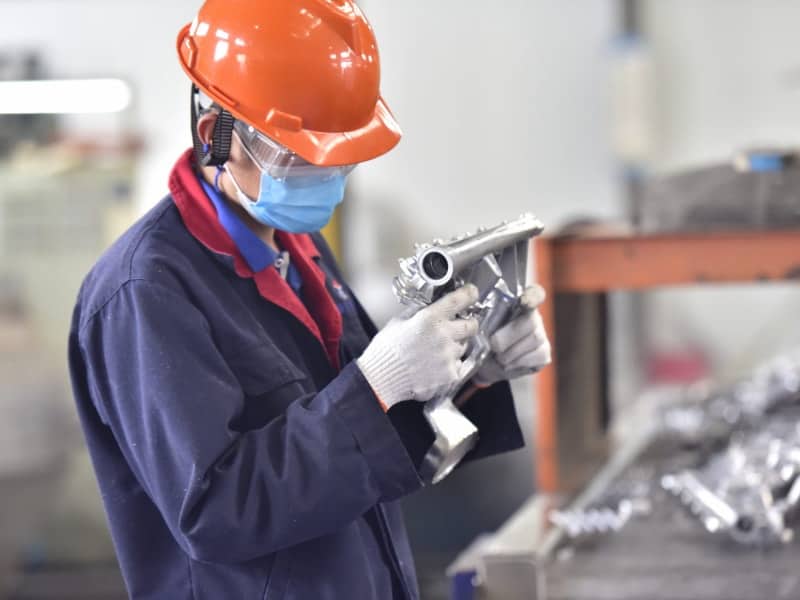Lost Foam Casting Foundry
SIPX provides superior quality lost foam casting parts and components for a wide range of industries including automotive, food dairy, machinery, medical, plumbing, watering, mining, petrochemical, electrical, energy, aerospace, submarine and others.
Most casting methods require reusable patterns that must be withdrawn from the mold prior to casting, the removal of the pattern from the mold must be taken into consideration when planning the pattern layout. Contrarily, using foam patterns that remain in the mold during casting and are evaporated helps reduce some of these limitations.
What is Lost Foam Casting
Lost-foam casting (LFC) is a casting method used to create solid metal parts from molten metal, which is similar to investment casting. When a part is created through casting, a mold is used to produce the desired shape. In lost-foam casting, the mold is made from polystyrene foam, which is lost during the casting process as the liquid metal melts it and replaces its shape, hence the name “lost-foam.” Although lost-foam casting is often used to make machine parts, decorative and other objects can be produced using the same method. The tools used by casters range from homemade devices to industrial-grade equipment.
The foam maiking process uses beads of polystyrene that are heated inside an aluminum die to expand and fill the die. A completed polystyrene foam mold is then covered with a ceramic refractory coating to create a barrier between the foam and the sand in which the foam mold sits. The small amount of waste gas created can escape into the sand.
